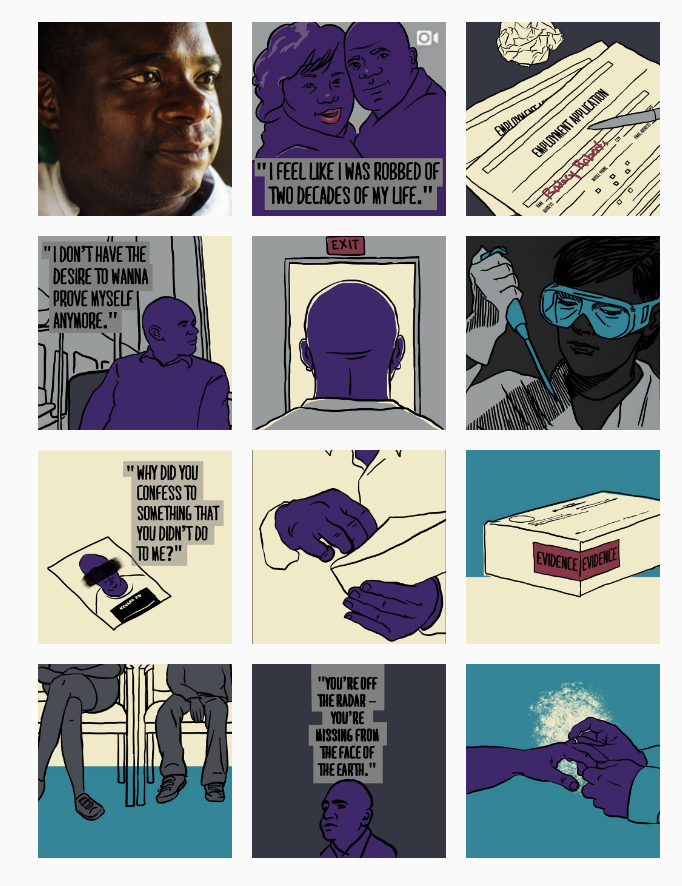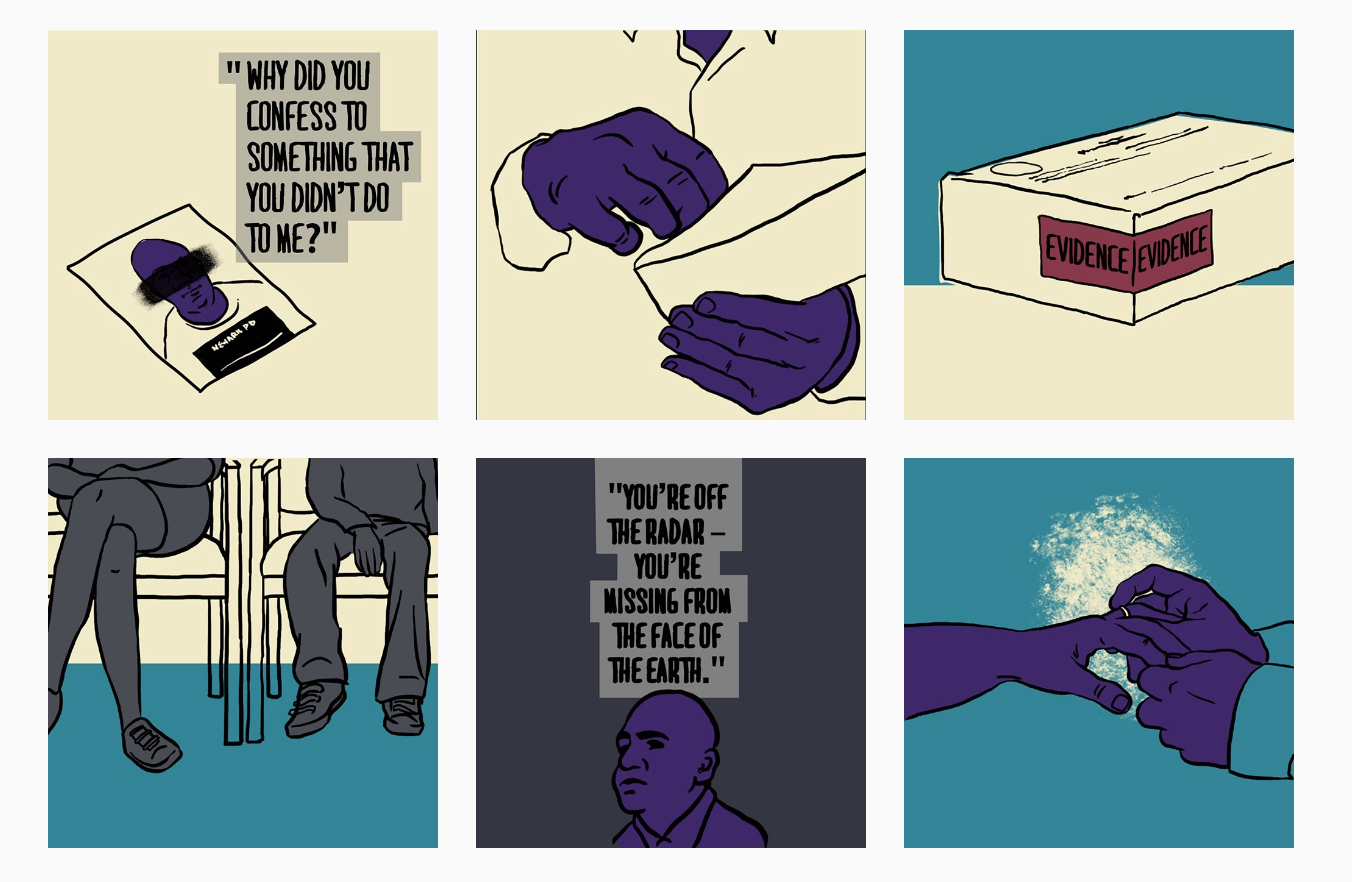One week ago, Reveal from the Center of Investigative Reporting started telling a serialized investigation in a whole new way — on Instagram.
The experiment with social-first storytelling had some big successes, racking up 706 likes and prompting more than a 50 percent growth in Reveal’s followers (as of Monday, Reveal had 2,563 followers. It started with 1,636).
The project, which chronicled the unjust imprisonment of inmate Rodney Roberts in 21 chapters, also ran into a few digital hiccups. Reveal’s Julia B. Chan and Byard Duncan spoke with Poynter about what worked, what didn’t and what they’ll be trying next.
Hashtags don’t follow a timeline
One lesson Reveal learned from publishing on social media is that Instagram doesn’t always follow normal narrative logic. The hashtag #badpleadeals, for instance, didn’t surface the chapters in chronological order, Chan said.
You have to be nimble
Instagram’s character count posed another challenge for “Bad Plea Deals.” Chapters were prepared using Google Docs. When those chapters were plugged into Instagram, the team found the social network was counting spaces and indentations that the doc did not.
Amy Pyle, Reveal’s editor-in-chief, had to quickly re-edit the series. Since she’d already edited it to begin with, she was careful not to prune anything essential to the story, Duncan said.
“I think that on-the-fly kind of attitude was really key for the success of the campaign,” Chan said.
It also reminded her of another platform where you have to cut and trim stories to fit in the allotted space — print.
Give people something different on different platforms (and cross-promote them)
Reveal doesn’t have any immediate plans for another serialized investigation, Duncan said, but staffers will use Instagram with other projects, starting next week, to tell stories related to the main one. With future projects, it will be important to work with reporters ahead of time to find characters not central to the story who can be featured in mini-profiles with strong images on that platform.
You can’t expect people to go to Instagram and get the same thing they’re getting in other places, he said. But one thing Reveal’s push on Instagram has shown is you can get people to follow along from other places.
Reveal started mentioning Instagram regularly during podcast episodes, and they’ve found people are clicking over and following along, more so than they do with Twitter and Facebook, Chan said. It’s a low-investment promotional tactic because people can listen and look at images on their mobile phones at the same time.
Longer doesn’t equal less interest
Duncan had a theory that longer chapters of the series would result in a drop-off in likes. He was wrong. Most of the 21 chapters in the series had about the same amount of likes, he said.
“I think we saw a pretty dedicated core group of people looking forward to each chapter.”
The final chapter ran Sunday. You can now find it all in one place on Reveal’s site.

Screen shot, Instagram







